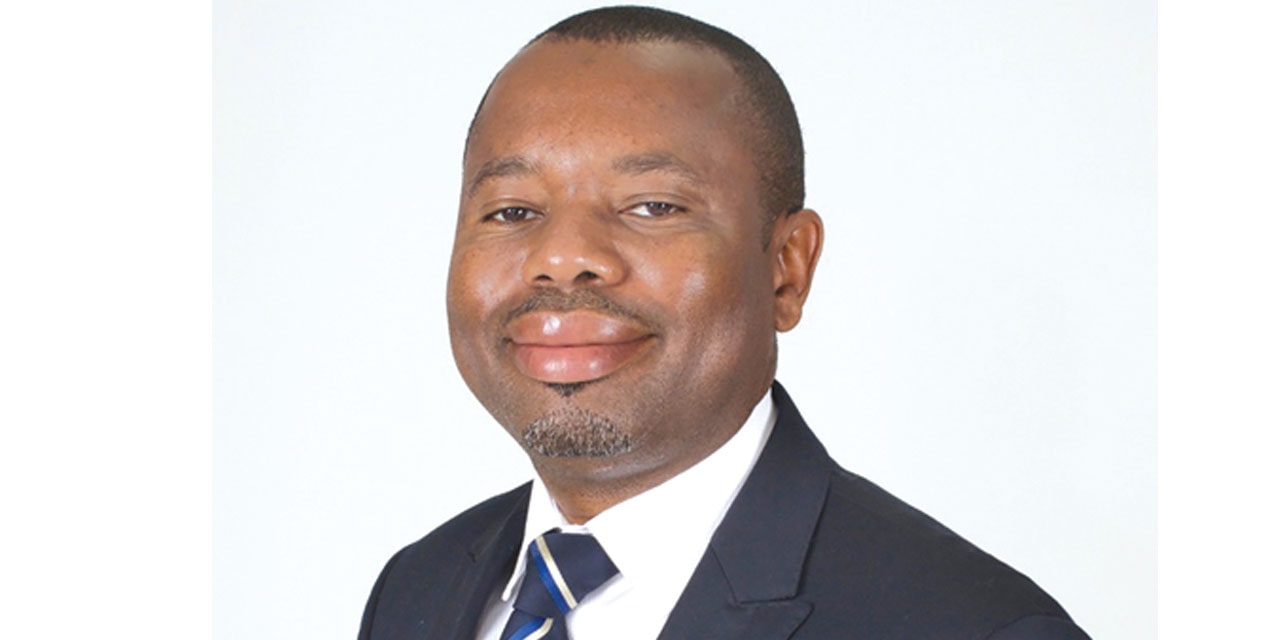Tujoromajo Kasuto
The Newly released Road Fund Administration integrated annual report for the fiscal year 2021 reveals that the fund generated N$2.2 billion and invested N$1.7 billion in national road infrastructure management and maintenance.
This shows an asset growth from N$1.2 billion in the 2019/2020 financial year to N$1.8 billion, plus a surplus of N$87 million, demonstrating a strong balance sheet. This is despite the fact that revenue fell slightly year on year due to less opportunities to collect revenue because of COVID-19 movement restrictions.
To put this into perspective, RFA Chief Executive Officer Ali Ipinge says that during the initial stages of the pandemic, which affected this reporting period, they were forced to trim the budget by at least N$182 million.
‘’By extension, this revision had an impact on what we could invest in road projects. Despite this, reiterate that our financial statements for the reporting period reflects an unqualified audit opinion, consistent with prudent financial management and internal control standards which the RFA has maintained over the past six years,’’ he says.
Having endured one of the most turbulent financial years in the history of Namibia, he notes that RFA delivered a sustained financial performance that can be a stepping stone for the future.
During the year under review, the RFA managed to strengthen its solvency and liquidity position by establishing a Reserve Fund of N$152 million and the capitalization of the Roads Authority building onto RFA financial position.
This significantly improved and strengthened the RFA financial position in these trying times, Ipinge continues.
The RFA also embarked on a cost containment and rationalisation exercise which resulted in expenditure increasing by a mere 0.3% from the prior financial year.
This was necessitated by the need to curtail spending considering that revenue came under significant pressure due to the impact of the COVID-19 pandemic.
Meanwhile, for the maintenance of urban and settlement roads, the RFA provided funding to 57 Local Authorities and 13 Regional Councils.
The report states that the total budget was N$122.4 million for the 2020/21 financial year, of which N$105 million was spent translating to an 86 percent expenditure rate.
Funding was mostly allocated towards blading, re-gravelling and pothole repairs. Despite the limited funding available, the identified authorities struggled to deploy their limited allocations.
In part, the discontinuation of the technical assistance program played a role, where the smaller authorities and councils were only able to spend 65 percent of their allocations in the absence of technical assistance.
The bigger authorities and councils were more successful at deploying their allocations and enjoyed 95 percent execution rate, despite the lockdowns and the resultant business disruptions.
The RFA continued to manage the unit costs rates as per the unit rate limits set at the beginning of each year.
Ipinge says that, ‘’they can comfortably report that none of the authorities and councils exceeded the set limits. Therefore, unit costs remained within the inflation adjusted limits.’’




